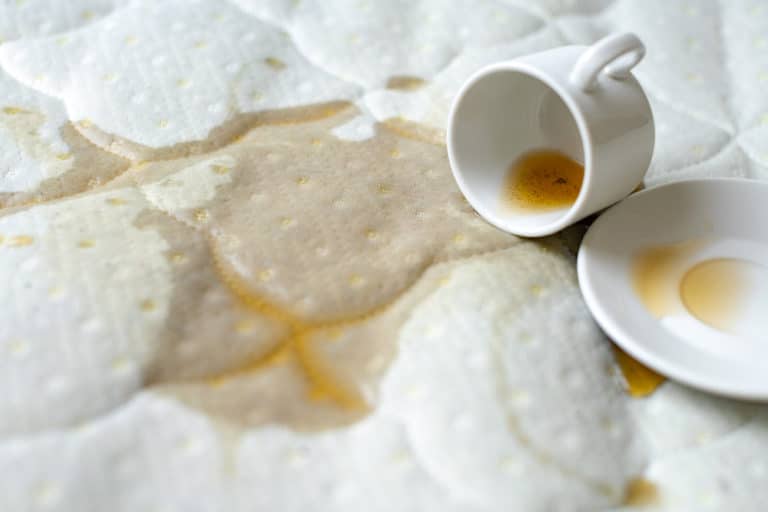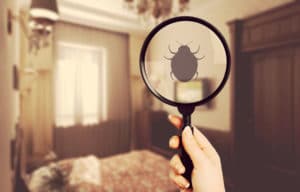Pillows are a staple in the bedroom. They provide extra comfort and support for your head, neck, and spine while you sleep. However, they can also be home to dust mites and allergens, which increase the risk of asthma or allergies for those who suffer from these conditions.
To keep your pillow clean without putting too much effort into it, here’s how to do so: spot-clean with a damp towel every week; machine washes every few months (if your pillow can be machine-washed); dry on a clothesline outside in sunny weather.
This article covers everything you need to know about how to clean your pillow so you can sleep easily!
The three basic steps covered for cleaning your pillow are: spot-cleaning, machine-washing, and drying in the sun.
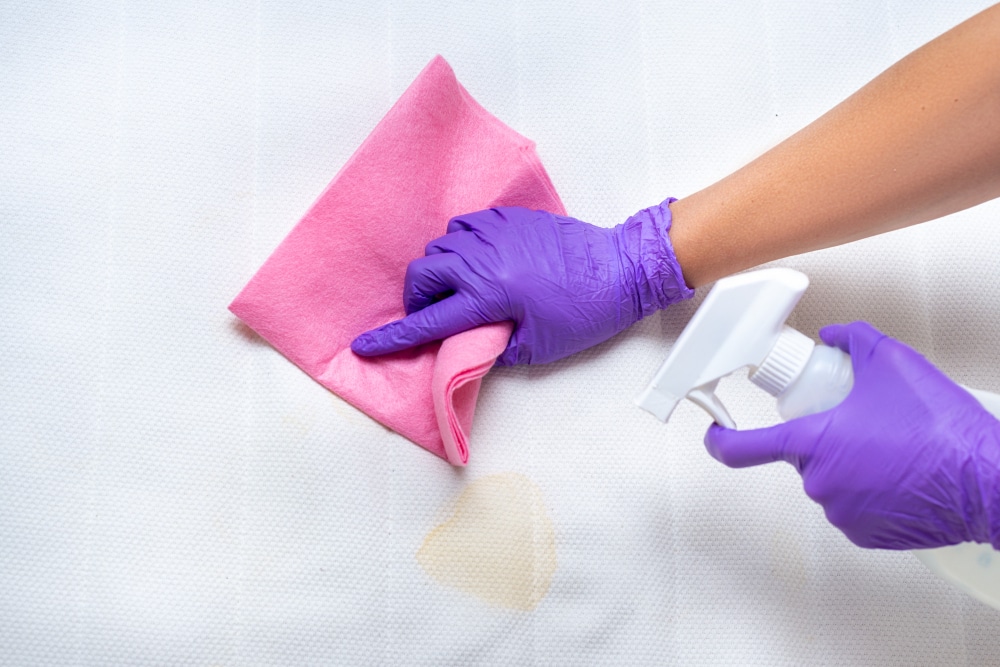
1. Spot-Clean your Pillow
If there isn’t too much dirt on your pillow, you can use a soft brush or cloth soaked in warm water with soap or mild detergent to spot clean it.
The quickest way to clean spots on your pillow is with a wet cloth. Be gentle when scrubbing your pillow, as scrubbing too hard can ruin the shape of your pillow and cause tearing in some cases!
Certain pillow fillings like down, or feather pillows are most prone to damage, as excessive moisture inside the pillow can cause them to lose their fluffiness and supportiveness!
If you have stubborn stains on your pillows, just let them dry out before using any type of cleaner on them, so they don’t get worse than when you started!
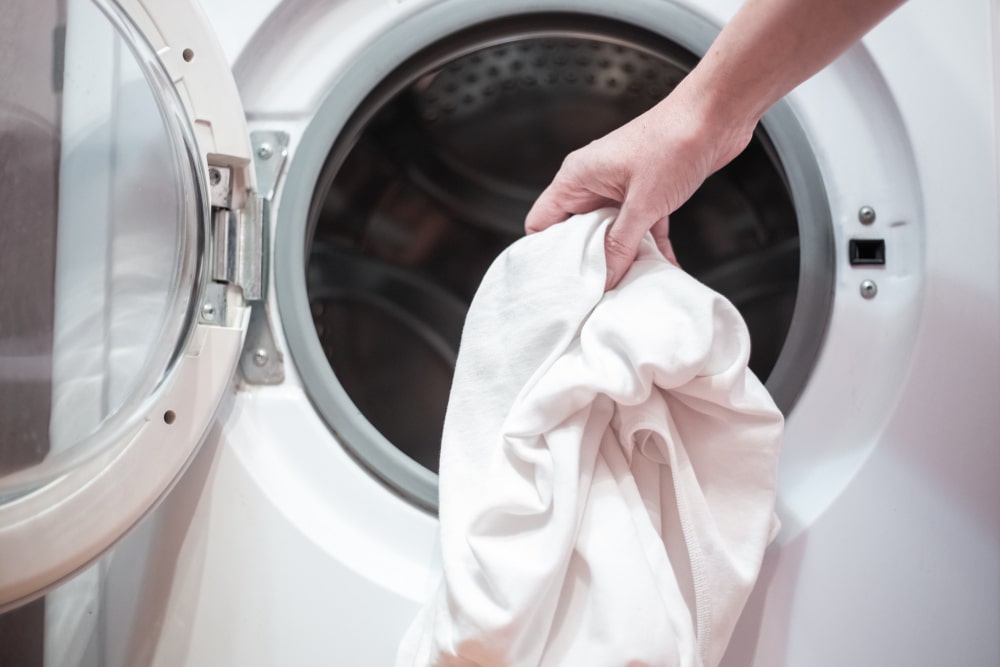
2. Machine-Wash your Pillow
There are two components of a pillow that are washable. Usually, pillows come with a removable cover that you can wash.
Do not put a whole, normal-sized pillow into your home washing machine! Even if it is labeled “washable,” parts of the pillow can get stuck in the washer or break from excessive washing.
Your sleeping pillow should only be thrown into the washer when absolutely necessary, but if you need to do so, make sure no agitator is running in the wash cycle.
Just like spot cleaning, use mild detergent on delicate settings. Make sure to clean pillows separately from other items in your washer load!
Machine washing feather or down pillows are not a great idea either. Feathers and down pillows will be too crushed by the agitation to fluff up after they dry.
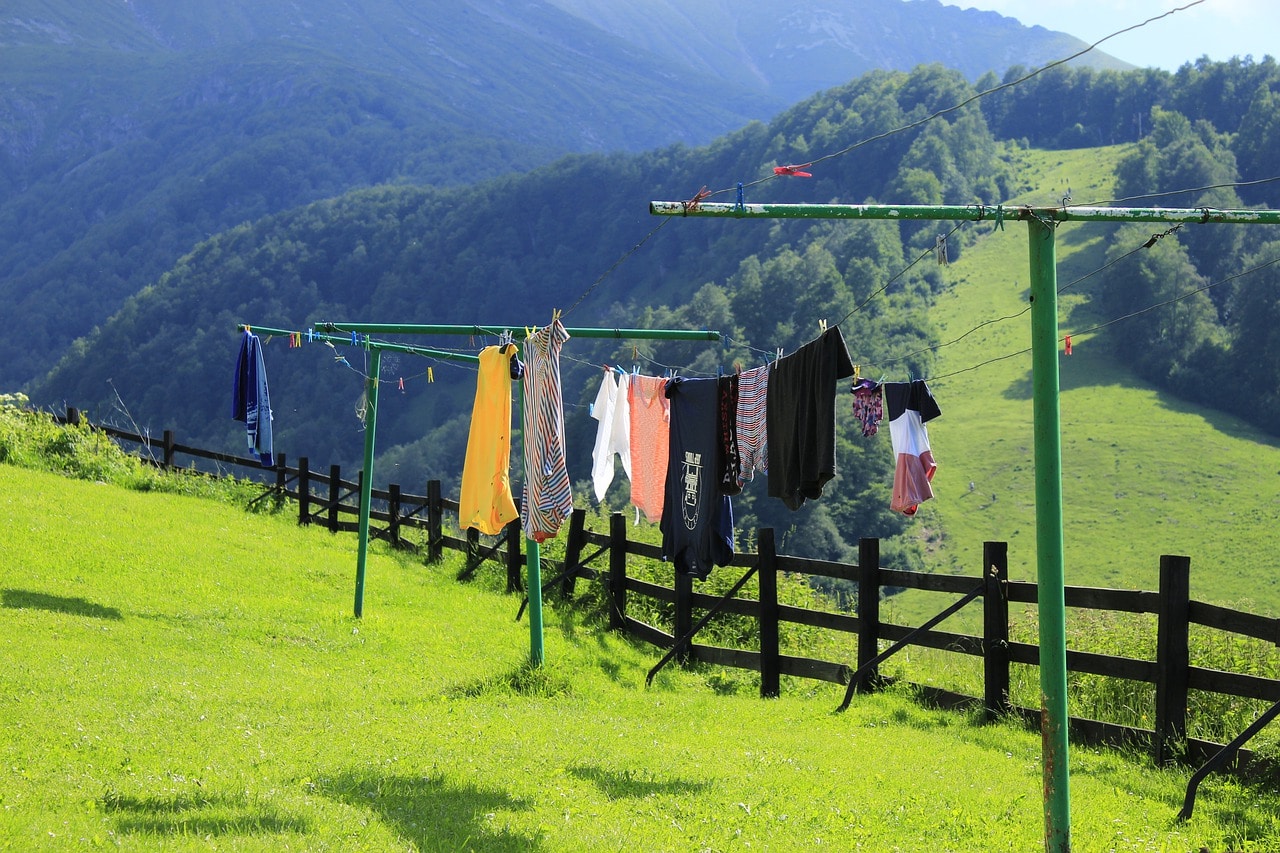
3. Dry Your Pillow in the Sun
Sun-drying is the best and most effective way to dry your pillows. It’s quick, simple, and doesn’t require any extra energy from you!
When it comes down to regular cleaning, no matter how clean a pillow may be or how many times it has been washed in the past year, dust mites can still accumulate on them.
Air-drying your pillow in the sun can help get rid of nasty mites and bacteria living in your pillow.
Although it may seem like drying your pillow outside would cause damage to its softness and supportiveness… It actually helps them restore their original feel much more than any other method!
Just make sure there is no rain expected so water doesn’t get caught between the layers of fabric on your pillow while it’s outside getting sunned.
Drying your pillow is great to get rid of dust mites and bacteria, but they do not remove dirty spots and stains on your pillows.
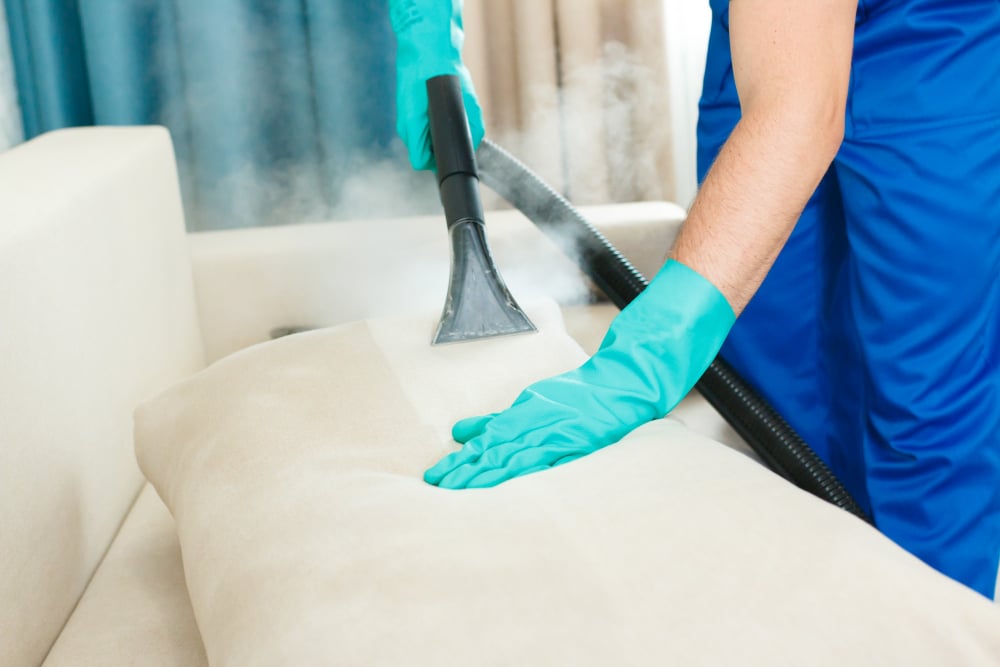
4. Steam clean your pillow
Steam cleaning your sleep pillow can remove dirt and debris to prevent any allergens from developing and preventing you from having a healthy night’s sleep.
Harmful bacteria and mold can also be exterminated with the steaming process. Although, you should not use steam cleaning if your pillow is not machine washable to avoid damage to the pillow.
Steam cleaners are relatively inexpensive and can be found at department stores or online, and are commonly used to get rid of bed bugs and other household pests.
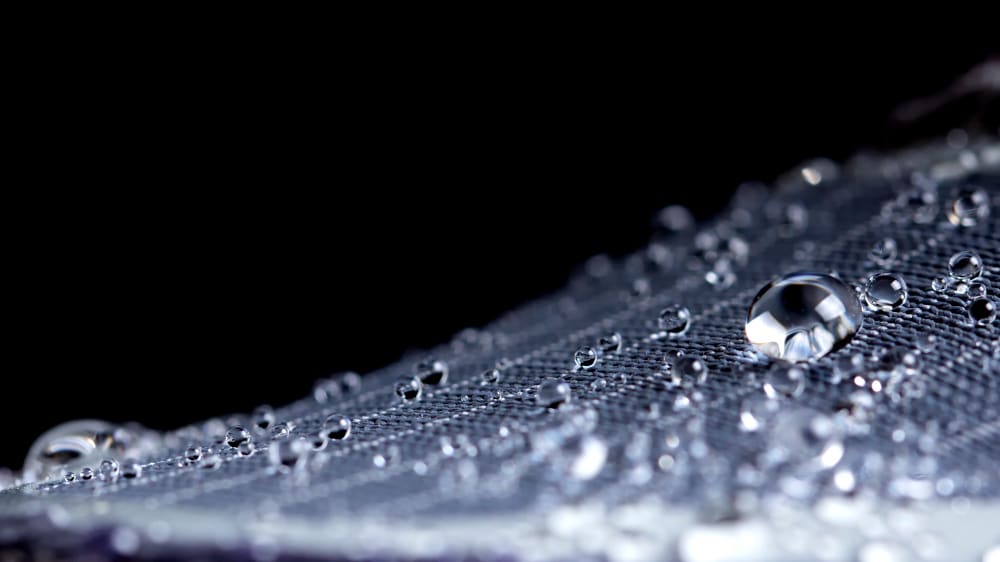
5. Protect your pillow with a waterproof cover
Protecting your pillows with waterproof pillow protectors is a great way to help fight allergies and bacteria.
They are made of a thin, impermeable material that traps allergens and keeps them from entering the inner layers of the pillow or mattress that you sleep on. It also provides a barrier against oil, dirt, sweat from your face, drool from snoring partners, and other liquids.
Most have zippers along the edges to keep them in place without shifting while you sleep.
Final Thoughts
Pillows can be a pain to clean, but we hope this guide has helped you find the best way. Remember that spot-cleaning is just as effective at removing dirt and bacteria from your pillow as machine washing most of the time!
Remember to dry pillows in the sun after cleaning or washing to retain their fluffiness and have a great night’s sleep!
Frequently Asked Questions
1. Why do pillows turn yellow
There are a few different reasons why pillows turn yellow, but the most common cause is sweat and oil buildup on your face while you sleep.
This may seem like it would make sleeping extra uncomfortable because of how dirty and sweaty you will be after every night’s rest, but in reality, we often do not realize it until we remove the pillowcase.
To avoid turning your favorite pillow yellow, be sure to wash your pillow cover at least once per week, so any dirt and grime are removed before it has a chance to soak into the pillow!
If you face issues with pillows turning yellow despite regular cleaning, pick a more breathable pillow and pillowcase to sweat less while sleeping.
2. How can I avoid turning my pillow yellow?
Well, for starters, you should use a pillow protector or a pillowcase. This will keep your sleep surface stain-free and allow easy laundering when necessary.
If your pillow is already yellow, and you want to wash it, be sure to follow the care instructions on your pillow before laundering.
It is usually recommended that you only dry clean your pillow or hand wash it in cold water with mild detergent. Otherwise, the washing machine might deform your pillow with its dry-spinning cycle.
3. When should I replace my pillow?
After extended use (about 1 year), even the best pillows need some love. If you don’t want to clean it yourself, you can go for professional pillow cleaning services.
If your pillow starts to smell or you have neck pain or stiffness when getting up in the morning, you should consider replacing your sleep pillow. When it is lumpy and sagging, replace it with a new one!
This will ensure that you are keeping your neck aligned while you sleep, leading to improved health.

